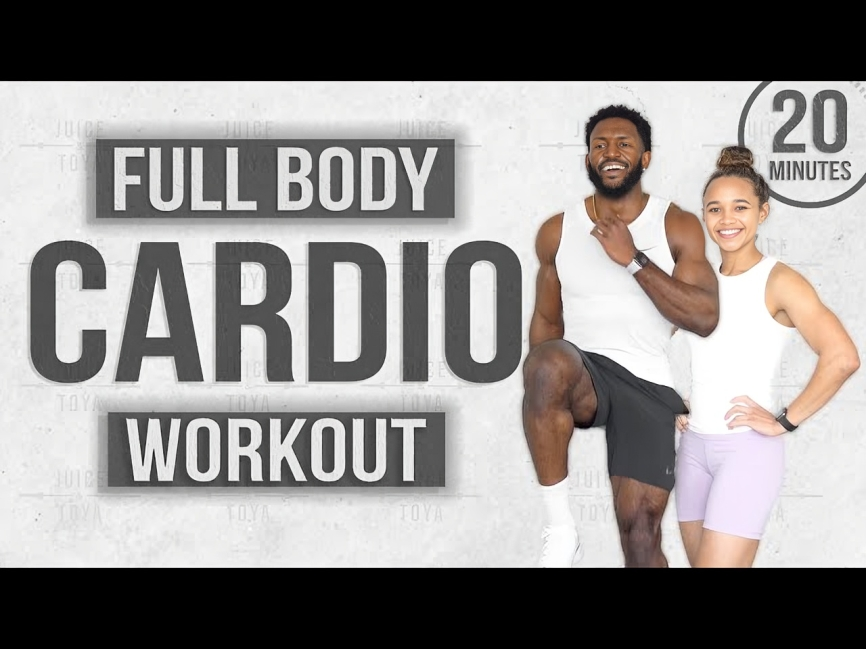Cardio, or cardiovascular exercise, is a critical component of a balanced fitness regimen. It encompasses a range of activities designed to improve the heart and lungs’ efficiency, contributing to overall health and well-being. In this article, we delve into the multifaceted world of cardio, exploring its benefits, types, and tips for maximizing your workout routine.
What is Cardio?
Any physical activity that increases and maintains an increased heart rate is considered cardiovascular exercise, or simply cardio. This kind of exercise is essential for increasing endurance, burning calories, and strengthening the heart.
Benefits of Cardio Exercise
- Improved Heart Health: Regular cardio exercise strengthens the heart muscle, enabling it to pump blood more efficiently. This reduces the risk of heart diseases such as hypertension, coronary artery disease, and stroke.
- Weight Management: Cardio helps burn calories, making it an effective tool for weight loss and maintaining a healthy weight. Incorporating cardio into your routine increases your metabolism, facilitating fat loss.
- Enhanced Lung Capacity: Engaging in regular cardiovascular activities improves lung capacity and overall respiratory function. This enhances the body’s ability to utilize oxygen more efficiently.
- Increased Endurance: Cardio boosts stamina, allowing you to perform physical activities for longer periods without fatigue. This benefit extends to daily tasks and sports performance.
- Mental Health Benefits: Cardiovascular exercise releases endorphins, which are natural mood lifters. Regular cardio can help reduce anxiety, depression, and stress levels, promoting mental well-being.
Types of Cardio Exercises
1. Running and Jogging
Jogging and running are two of the most well-liked cardio workouts. They may be done on a treadmill or outside and are easily accessible. Both exercises greatly increase endurance and cardiovascular fitness.
2. Cycling
Cycling is a low-impact cardiovascular exercise that develops the muscles in the lower body and promotes heart health. This is a great cardio activity that can be done outside or on a stationary bike.
3. Swimming
Swimming works the whole body by using many muscle groups at once. For those looking for a low-impact workout that improves cardiovascular health, this is a great option.
4. Walking
For aerobic workout, walking is an easy but powerful option that works for all fitness levels. It is simple to include into everyday activities and aids in the maintenance of heart health.
5. High-Intensity Interval Training (HIIT)
HIIT entails quick bursts of vigorous activity interspersed with quick rest intervals. In a short period of time, this kind of cardio is effective in increasing cardiovascular fitness and burning calories.
How to Maximize Your Cardio Workouts
1. Set Clear Goals
For your fitness exercises, set SMART (specific, measurable, attainable, relevant, and time-bound) objectives. Having specific goals helps you stay motivated, whether your goal is to enhance your general health, build endurance, or reduce weight.
2. Choose the Right Intensity
Your objectives and level of fitness should be in line with your cardio intensity. For maximum advantages, experienced persons might combine high-intensity workouts with moderate-intensity activities for beginners.
3. Incorporate Variety
Cardio exercise variety keeps things interesting and boosts motivation. To target different muscle areas and keep people interested, mix up your aerobic workouts.
4. Monitor Your Progress
Tracking your progress is crucial for evaluating the effectiveness of your health routine. Use fitness apps or journals to record workout duration, intensity, and achievements.
5. Prioritize Recovery
Allow adequate rest and recovery between cardio sessions to prevent overtraining and injuries. Incorporate rest days and engage in stretching or low-intensity activities.
Safety Tips for Cardio Exercise
- Warm-Up and Cool Down: Always start with a warm-up to prepare your body for exercise and finish with a cool-down to aid recovery.
- Listen to Your Body: Pay attention to signals such as pain or excessive fatigue. Modify your workout intensity if needed.
- Stay Hydrated: Drink plenty of water before, during, and after cardio workouts to maintain hydration levels.
- Wear Appropriate Gear: Use suitable footwear and clothing to ensure comfort and prevent injuries during exercise.
Conclusion
Cardiovascular exercise is an essential part of a healthy lifestyle and has several advantages for both mental and physical health. Gaining knowledge about the many kinds of aerobic activities and how to get the most out of your workouts can help you live a better, more sustained life with better heart health.











